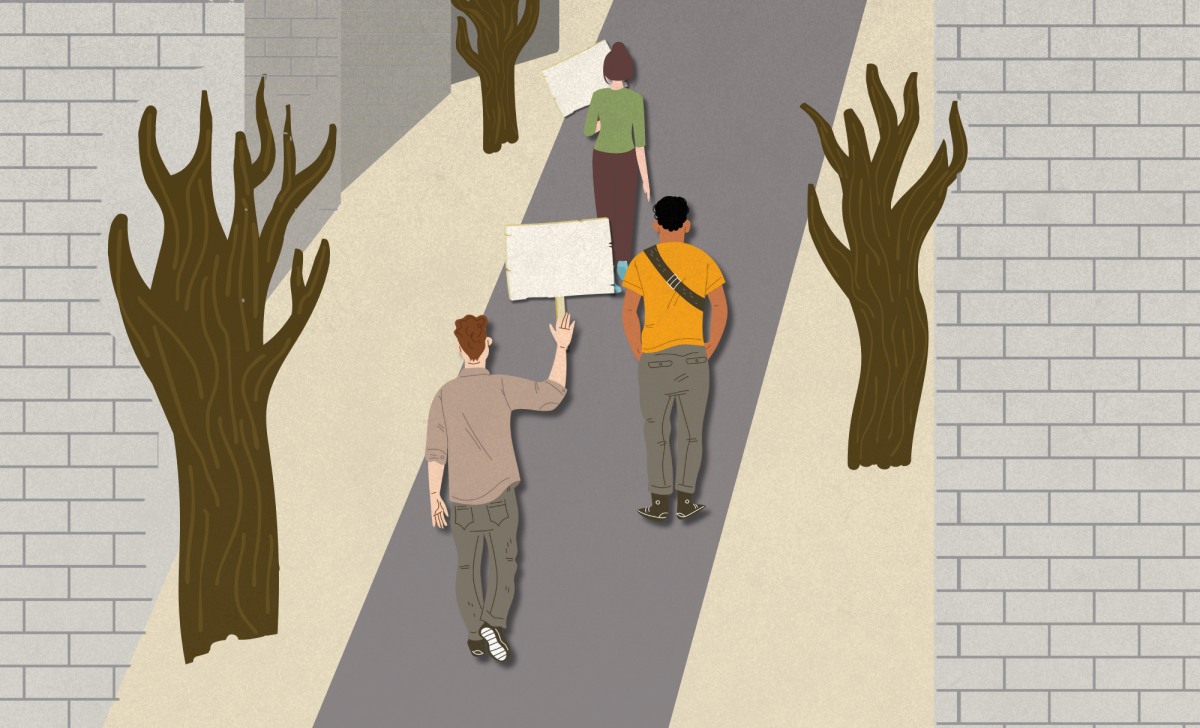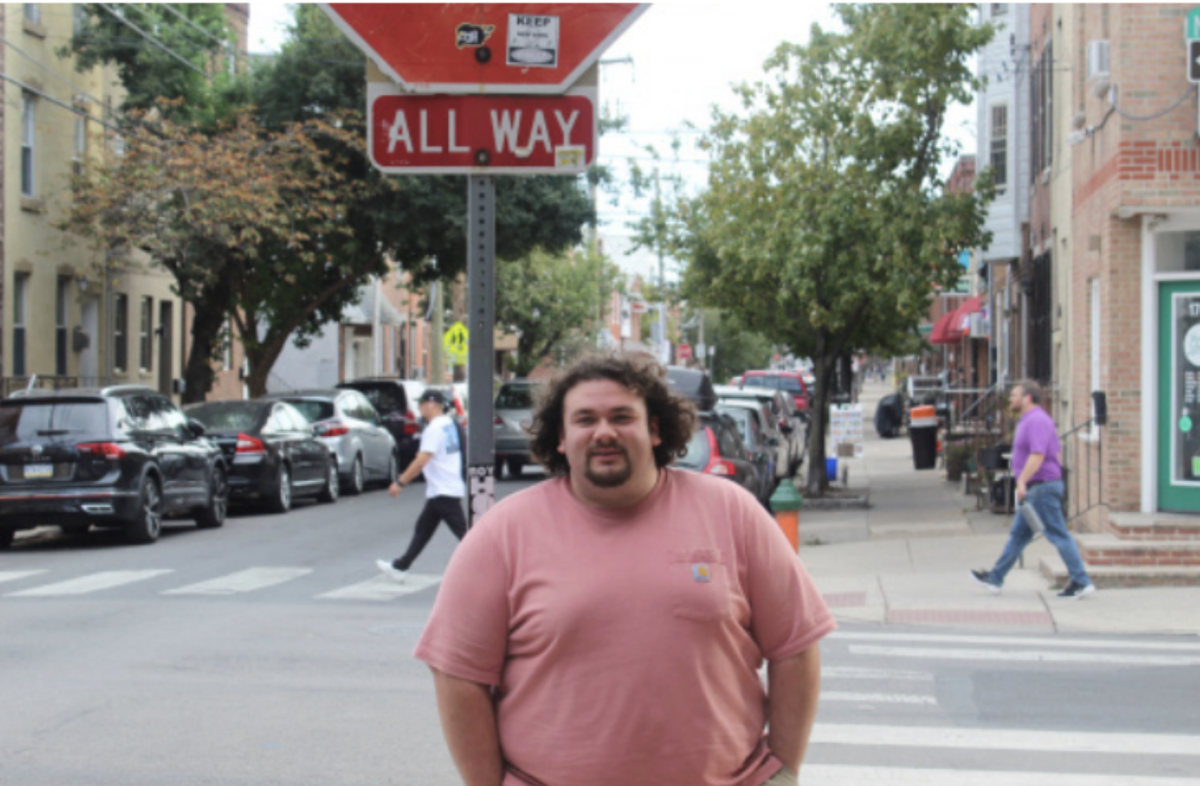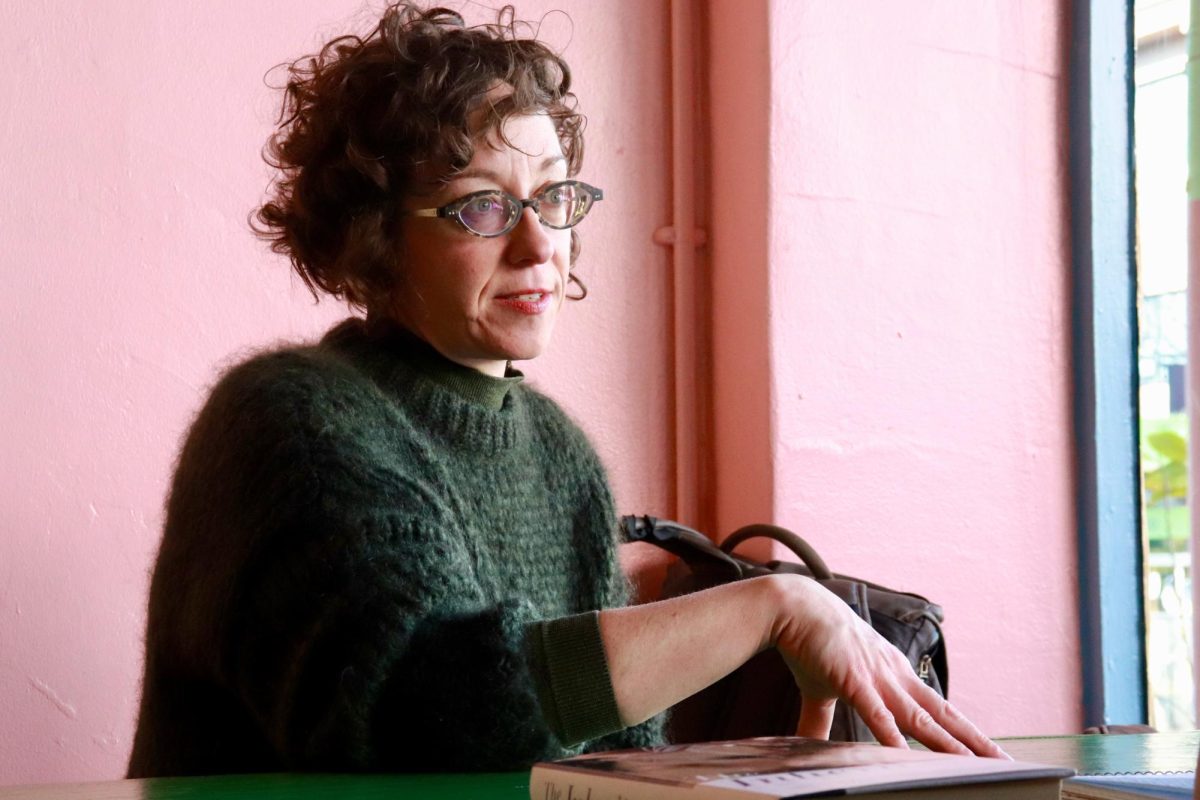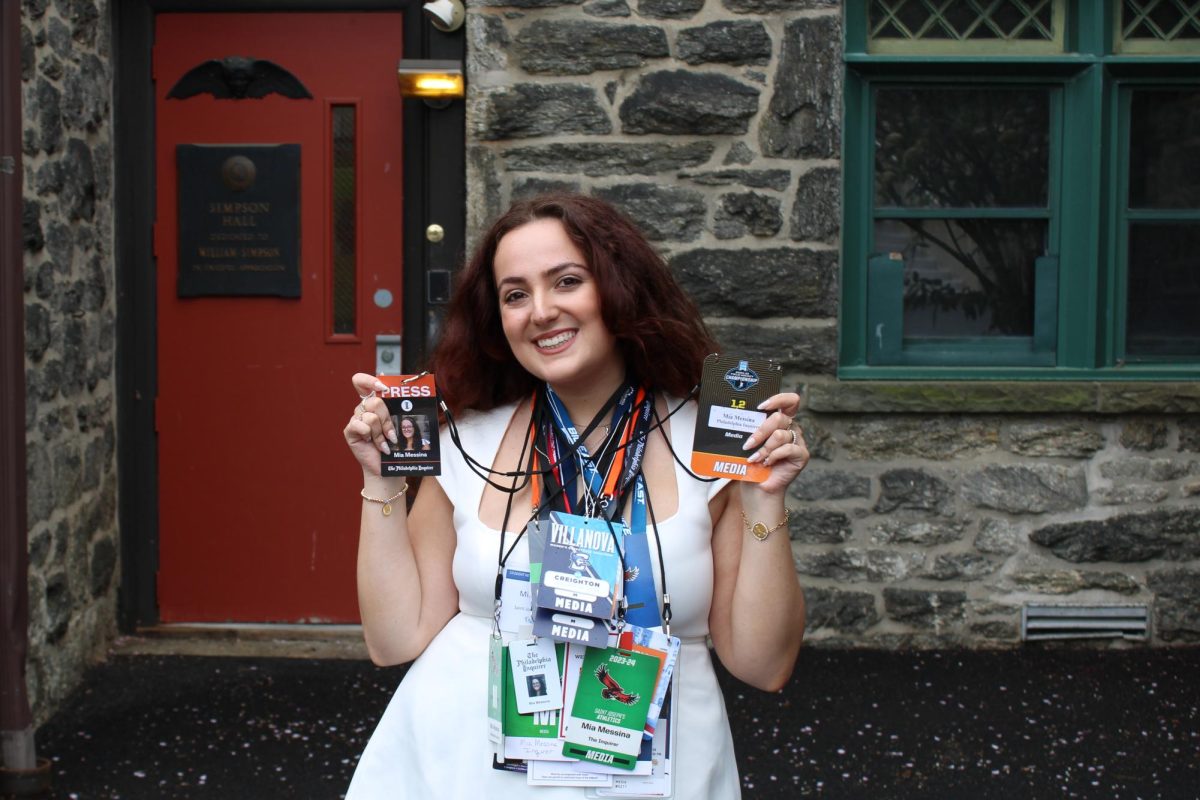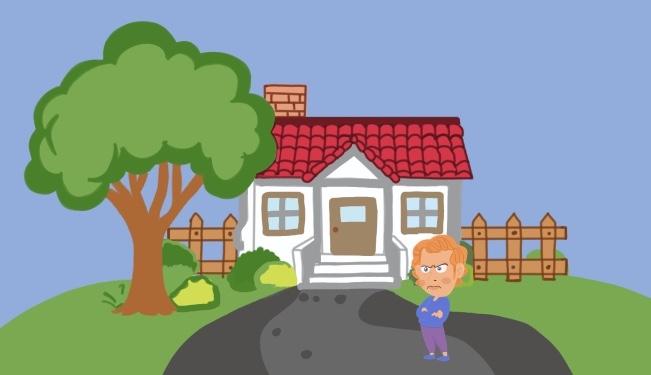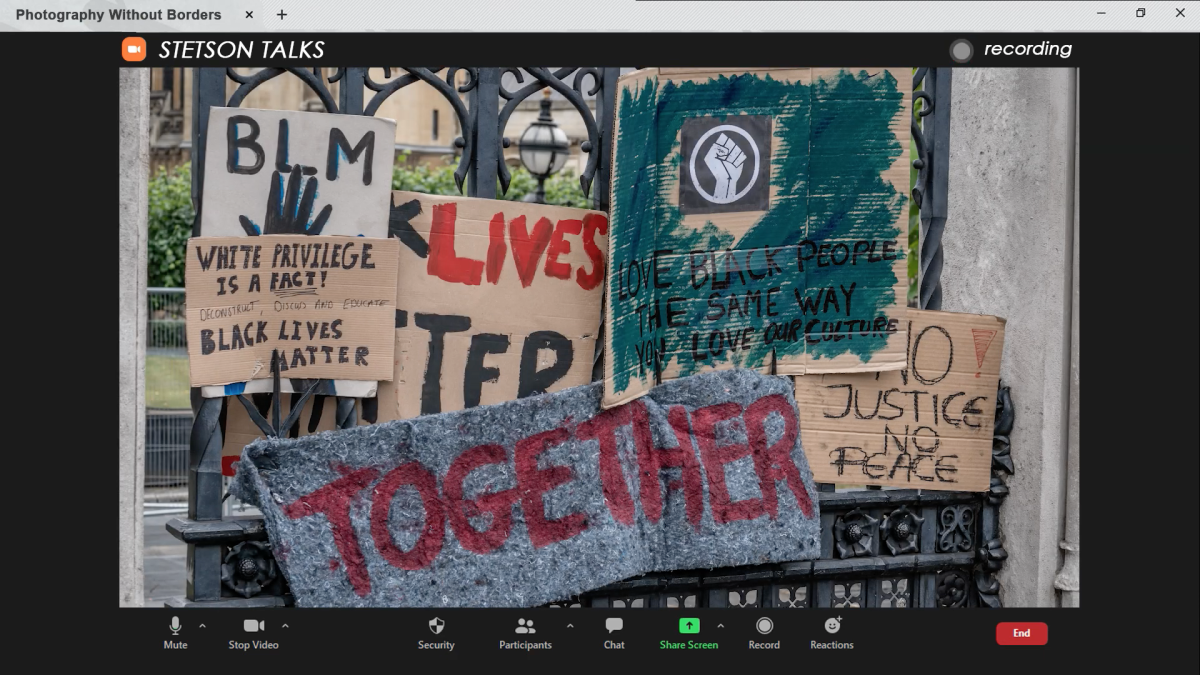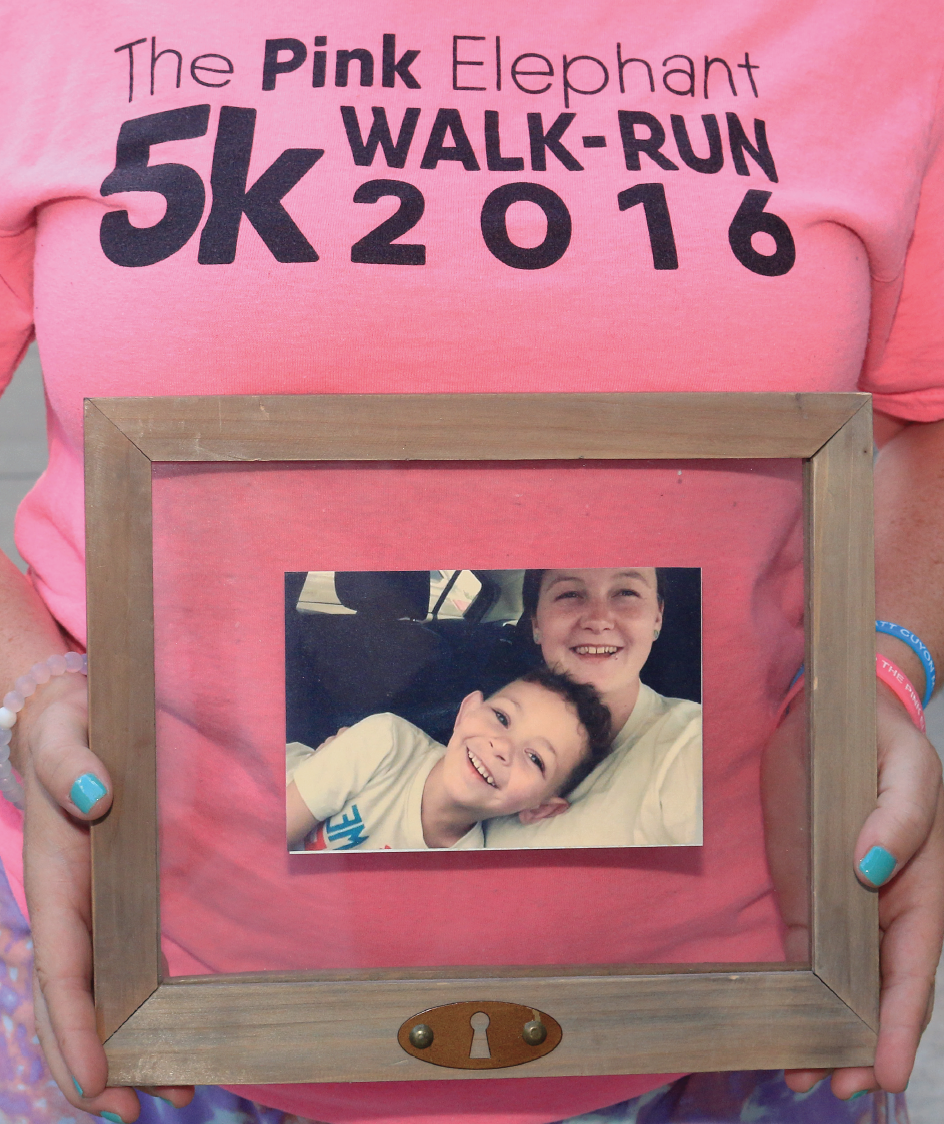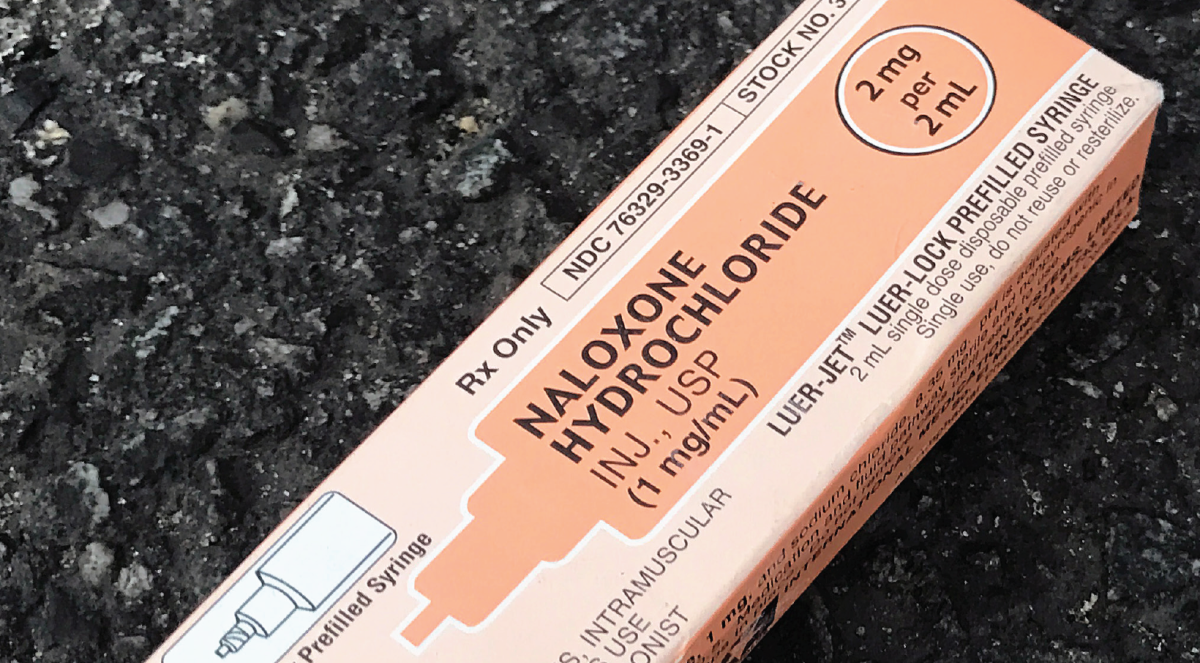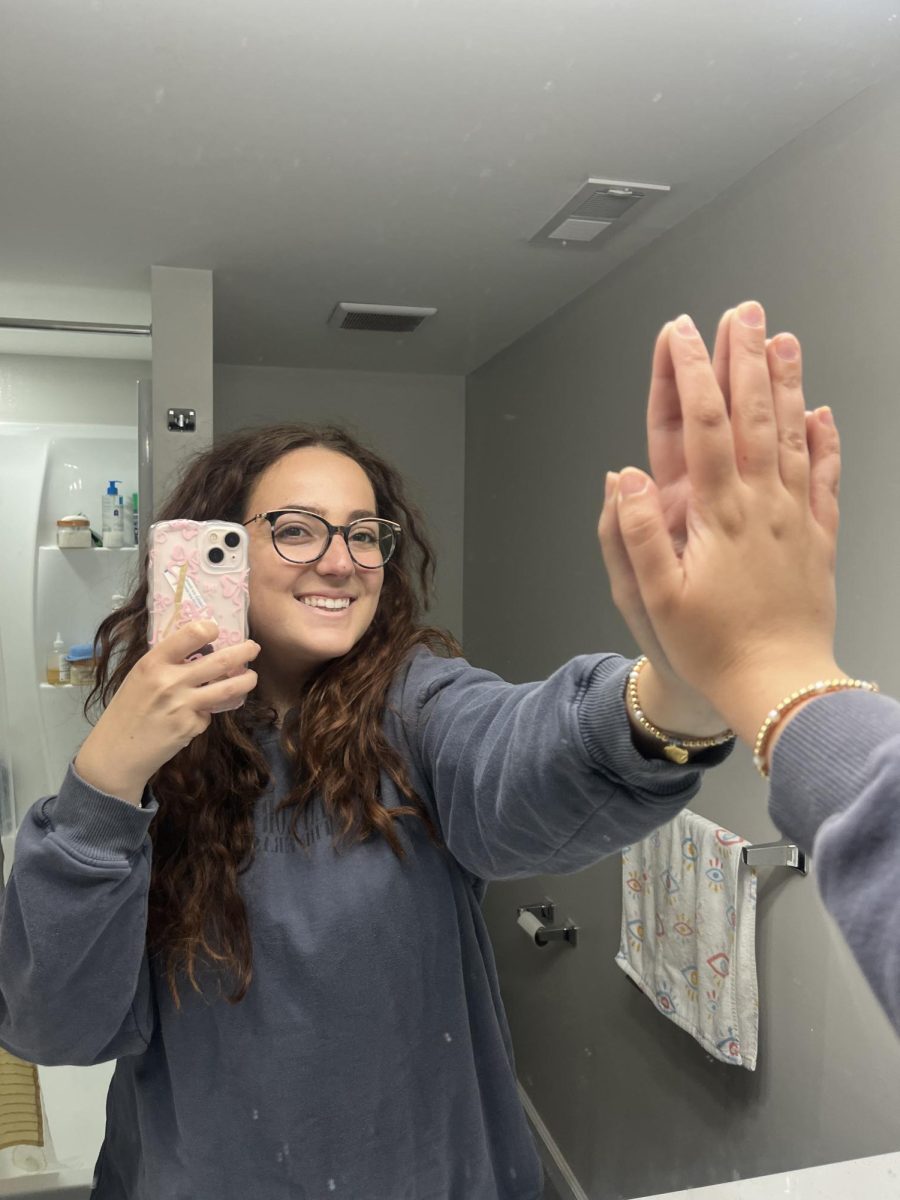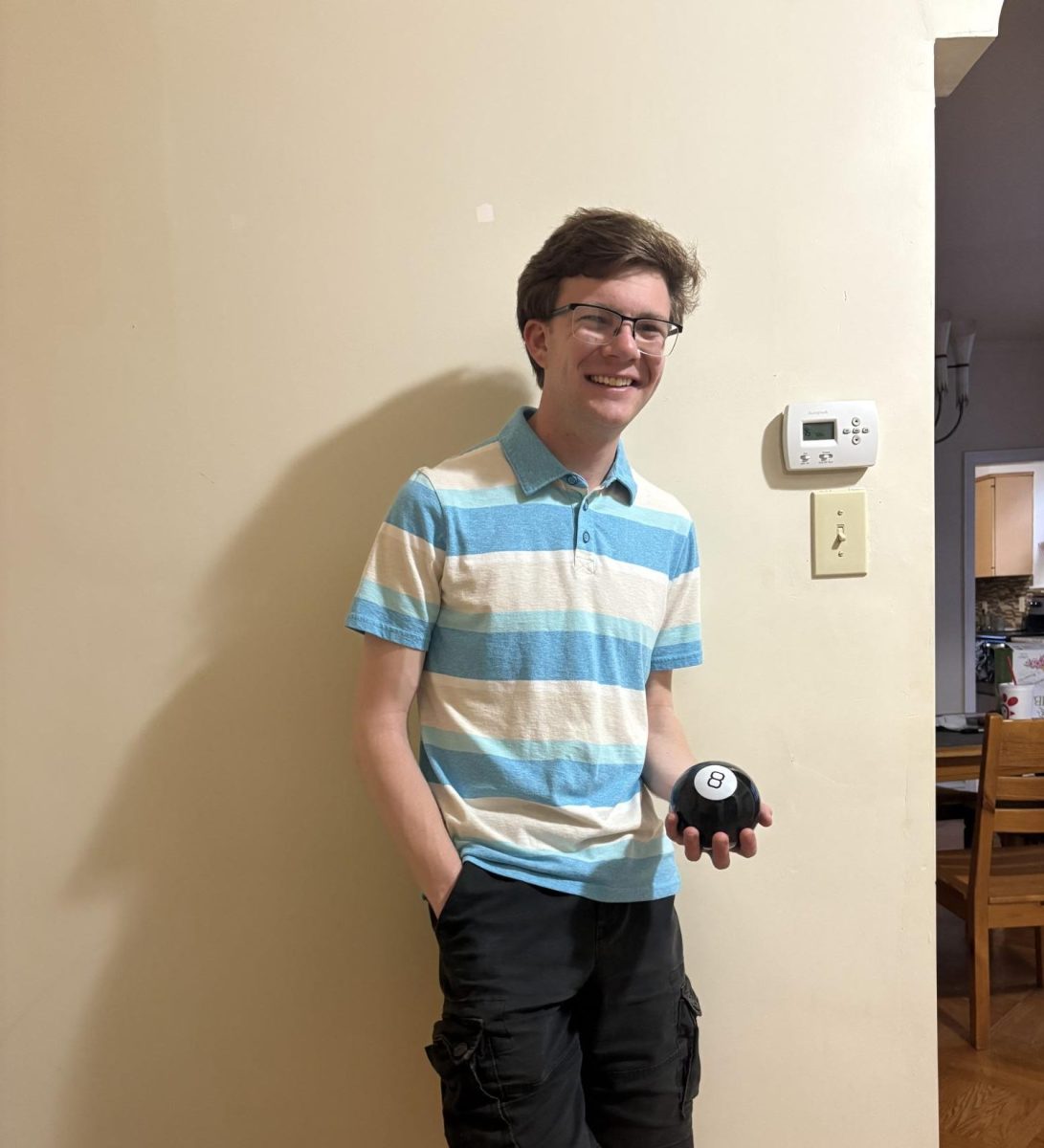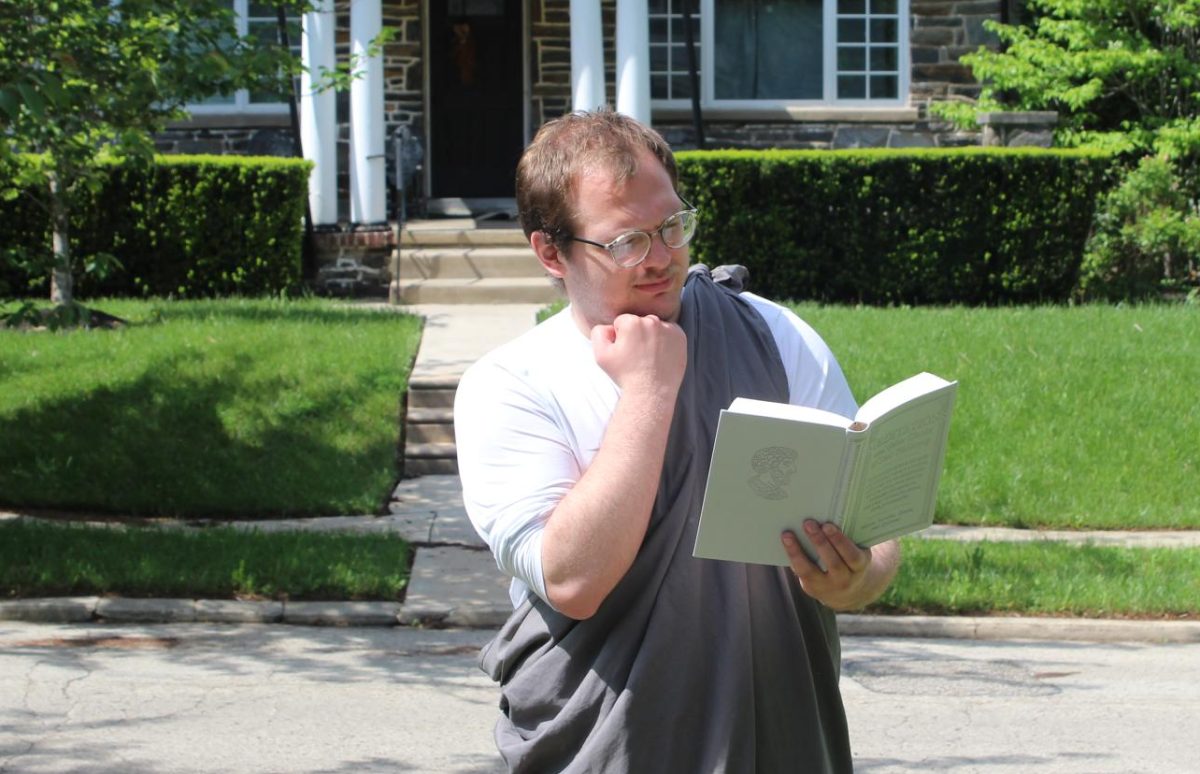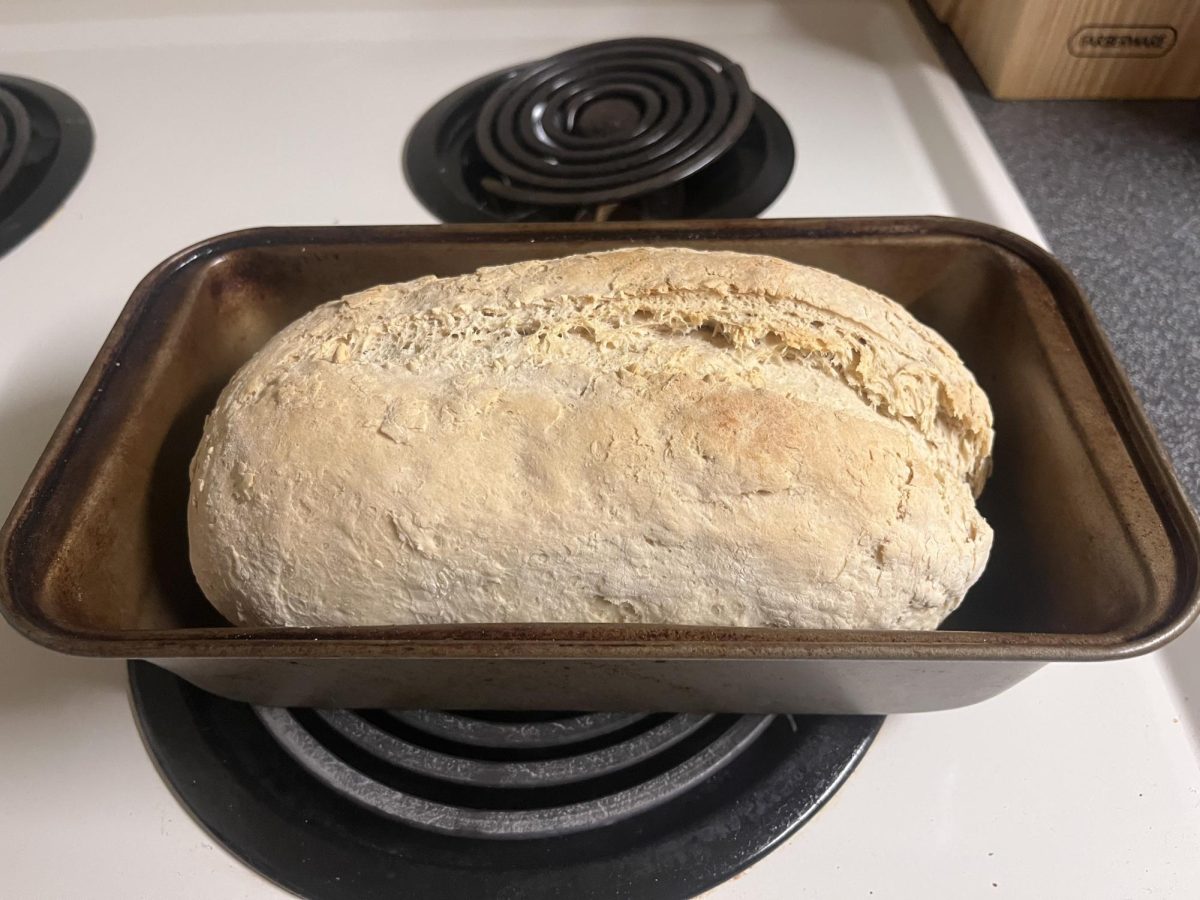My social media Explore pages are full of bread-making content. I could scroll for ages through posts and accounts dedicated to this carbohydrate.
Some of that popularity still seems to be riding the coattails of the covid-19 pandemic. When the 2020 lockdown began, people turned to new outlets for their restlessness; Google searches for sourdough hit a peak in popularity in early April 2020.
After seeing social media posts from other St. Joe’s faculty members, April Lindner, Ph.D, professor of English, decided to jump on the bread-making bandwagon herself. It was an activity she came to enjoy, alongside a community of fellow faculty bakers.
“It’s kind of magical,” Lindner said. “You start with these ingredients. They’re almost nothing — water, a little bit of salt, little bit of flour. And then you’ve got this amazing thing. It’s more of a mood lifter for me.”
Ruben Mendoza, Ph.D, associate professor of decision and system sciences, was part of that university group, too. He loves baking sourdough for a lot of reasons: the taste, the freshness and making his wife happy. He enjoys the process, too.
“Once you catch on to the little tricks, it’s a lot simpler than it seems,” Mendoza said. “It’s work, but when you do something, and you do it well and you do it with pleasure, it feels fantastic.”
I wanted a taste of that happiness, too. But my own experience with bread-making is minimal, and that’s only if you count banana bread, which is technically a cake. Sourdough seemed too hard a task to surmount, so when I decided to make bread for the first time, I went with sandwich bread to match my novice abilities.
As a broke college student, I decided on a recipe from The Practical Kitchen to minimize costs. I used Target gift cards to pay for the flour and instant yeast. My roommates lent me the oil, salt and honey.
Sarah Fine, Aramark nutritionist and dietitian at St. Joe’s, said cost and time can be important factors for students like me who want to make their own bread.
“The cost of homemade bread depends on the type of bread you are making but may be comparable in price or less expensive than store-bought bread,” Fine said. “However, this can be very time-consuming, which may deter college students away from making their own bread.”
One of my first time investments was converting the recipe from grams to volume. After that came the work of baking. I combined instant yeast, flour and salt in a large bowl, and the oil, water and honey into a smaller bowl. After whisking the dry ingredients together, I poured the wet ingredients in and began to stir.
Once the ingredients started to come together, I began kneading. But the ingredients didn’t form into the consistency the directions called for. I tried splashing more water in and mixed until the dough came to be the mostly correct texture. It wasn’t as smooth as I was hoping, though, and didn’t stretch much.
I set my dough aside in a greased bowl, covered it with a kitchen towel and let it rest for an hour and 15 minutes. Then, I placed the dough into a greased pan and waited another 30 minutes. I set the oven to 375 F and sliced the top of the loaf to help it expand. After an additional 30 minutes, it was finally time to go into the oven.
As the timer counted down 35 minutes, I finally got to experience something Lindner and Mendoza said: One of the best parts about baking bread is the smell that fills the house.
I eventually opened the oven door and carefully pulled out the loaf. The top was lightly browned with a crisp edge. It smelled even better up close.
After letting it cool, I sliced the bread open. The inside was oddly pale in color, but I carried on and bit into the first slice.
It tasted, well, not great. It was a little too doughy, rich and flavorless, probably due to the faulty conversions I did. As they say, though, you live and you learn.
My roommates shared their ingredients with me, so I decided to share the bread with them. I sliced it into three sections and watched as my friends bit into the crispy crust before sinking into the doughy middle. Their reviews were far more pleasant than the tasteless loaf deserved.
Truth be told, it did taste of something. It tasted like the trip to the store to buy ingredients and using the Target gift cards given to me out of love. It tasted like the pan my partner’s grandmother let me borrow, an action that symbolized her giving me a part of her kitchen. It tasted like the three women who had become my home, sharing their salt, honey and oil with me. It tasted like community.
In times like these, what’s a better taste than that?






